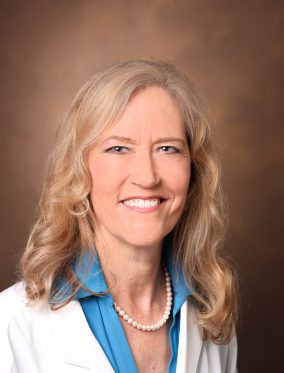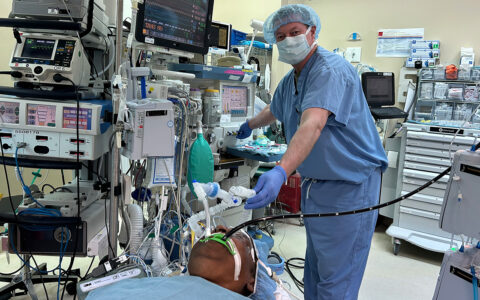In a recent editorial published in the Journal of the American College of Cardiology, two experts from Vanderbilt Heart and Vascular Institute offer a framework for interpreting current challenges facing the U.S. heart transplant allocation system.
Lynne Stevenson, M.D., director of the Cardiomyopathy Program, and Ashish Shah, M.D., chair of the Department of Cardiac Surgery, cite the 2018 national UNOS policy overhaul designed to clarify eligibility criteria, account for newer cardiac devices and decrease mortality. They argue that even with increased patient stratification in the new system, additional considerations are necessary.
“Unlike allocation schemes for other organs, the new system did not embrace the view of utility: measuring benefit as a function of both waitlist and post-transplant outcomes,” they said.1
An Arithmetic Mismatch
Last year, 4,717 patients were accepted to the U.S. heart transplant waitlist, but only 3,552 transplants were performed.
Several efforts are underway to help expand the donor pool. New antiviral treatments have allowed some hepatitis C-exposed hearts to recover and be transplanted, with promising patient survival rates.
“But these examples have not erased the arithmetic mismatch,” Stevenson said. “Unless this is corrected, allocation inequities cannot be solved by spelling out more layers of priority.”
“Allocation inequities cannot be solved by spelling out more layers of priority.”
Four Dimensions
Stevenson and Shah describe four key dimensions of heart transplant allocation: waitlist mortality, post-transplant outcomes, incentives, and “the time-chance field,” to describe the unexpected inherent in any future modeling.
The first two dimensions are entwined, Shah said. “Many factors that increase waitlist mortality also conspire to worsen post-transplant outcomes. Just like other organ allocation systems, we have to consider both.”
Mortality is highest for patients bridged with extracorporeal membrane oxygenation (ECMO), and to a lesser extent, temporary circulatory support. Widespread use of these technologies raises the question of whether these patients are truly high priority, or if they should stabilize before transplant to increase likelihood of success, Shah said.
Allocating such a scarce resource under time of duress (for example, when patients present in circulatory collapse) is also a major consideration. “Rapid wait-listing with incomplete information undermines the physiological and psychological benefits of transplantation,” they said.
Doubling Tiers
The new 6-tier system (as compared to the previous 3-tier system) offers more opportunities to incorporate acuity into heart transplant allocation.
However, it has also incentivized providers to waitlist their patients accordingly. The number of high-risk patients listed with exceptions has increased 12 percent since the policy change. The number of patients in the top two priority tiers has also swelled as physicians advocate for their patients and seek the shortest route to transplant – including shifting toward therapies that qualify as high priority.
“The increase in priority one patients is accompanied by an increase in ECMO use,” they said. “It is even more crucial to ensure that the therapies that confer high priority do not themselves further increase deaths before or after transplantation.”
Work in Progress
Responsible stewardship of such a scarce resource is an ongoing process. Although it has clearly changed practice at U.S. transplant centers, Stevenson and Shah emphasize that understanding the true impact of the 2018 policy change will require further analyses of the first three dimensions and sober recognition of the fourth.
“A preliminary analysis suggests that outcomes with heart transplant are significantly worse since the change in policy,” they said. They also noted mortality spikes that occurred following changes to the U.S. lung allocation system “improved over time as teams adapted to the new environment.”
“The new system was implemented in 2018 with planned iterative refinement,” Stevenson said. “It is still a work in progress.”






